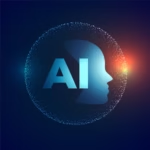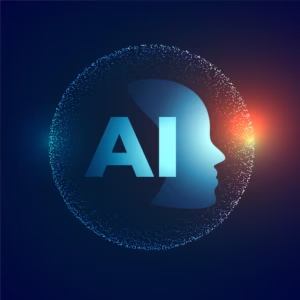
Is AI a Job Killer For Future?
- Post author:Kundan Kumar
- Post published:05/02/2025
- Post category:AI / Technology
- Post comments:1 Comment
Is AI a Job Killer For Future?
The emergence of artificial intelligence (AI) has led to discussions in most parts of society, including employment. One of the most prevalent arguments is that AI will cause widespread loss of jobs–that it would indeed become a “job killer.” Although there are plenty of worries about the consequences of work in an AI-powered environment, framing the argument as AI being a job killer or a job creator is overly simplistic. In this article, we are going to analyze the Ai’s relation to employment aspects, including its possible positives and negatives.
The Fear of Massive Unemployment
Worries about AI technology occupation displacement are not novel. While every single human advancement comes with an automation component, the concern was certainly raised by the rate of AI’s development. As early as the 21st century, it was evident that there was a growing sophistication of machines whereby mundane human activities would increasingly become automatable. From factory robots that assemble products to software that handles customer service inquiries, automation was already changing the landscape of labor.
AI has just accelerated these trends. Machine learning algorithms, natural language processing systems and other AI technologies can now analyse data, solve complex problems and even interact with customers. In areas like transportation (self driving cars), healthcare (AI assisted diagnostics), finance (algorithmic trading) AI can do tasks that were previously done by human workers and potentially replace large chunks of the workforce.
For example in retail, AI powered chatbots can replace human customer service reps, while inventory management systems powered by AI can reduce the need for human stock clerks. In transportation, autonomous vehicles will displace millions of truck drivers, delivery drivers and taxi drivers. The legal profession is also under threat, with AI able to automate tasks like document review and legal research.
These examples show that AI can make some jobs redundant, especially the routine, repetitive or pattern based ones. According to McKinsey & Company studies up to 800 million workers could be displaced by 2030. This has led to fears that AI will increase unemployment and income inequality.
The Changing Nature of Work
The Changing Work While AI can eliminate some jobs, it can also transform existing ones and create new ones. This is where it gets tricky. Some jobs will be lost, others will be born as AI creates new industries or improves existing ones.
For example, the rise of AI has created a growing need for workers with skills in machine learning, data analysis and robotics. These fields didn’t exist a few decades ago and as AI technology advances new roles will emerge that require expertise in programming, AI ethics and AI maintenance. People trained in these areas will be part of the economy just like web developers or cyber security experts are today.
And AI is also augmenting human work rather than replacing it. In many industries AI is used to boost the productivity and efficiency of human workers so they can focus on the complex and creative stuff. For example AI can do the mundane tasks like data entry so workers can focus on problem solving, strategy and innovation. In healthcare AI can help doctors diagnose diseases but the human touch – empathy, communication and patient care – is irreplaceable. In the creative industries AI can generate art, music or even help with the writing process but human creativity and artistic vision will still be needed to create something truly unique and meaningful.
And this will lead to a new workforce of humans and AI.
Policy and Regulator Strategy
In addition to refining the skills of the labor pool, businesses and administrations should also think about policies and regulations that will mitigate the social and economic impacts of displacement of jobs due to AI. One idea that has received some consideration is the idea of a Universal Basic Income (UBI), which is a system wherein every adult citizen gets an automatic monthly payment irrespective of whether they are employed or not. UBI has been suggested as a measure to alleviate the economic consequences of excessive automation and to ensure people are able to survive in a world increasingly dominated by machines.
Governments can also devote attention to instituting legislation that nurtures the prudent advancement and application of AI. This encompasses, but is not limited to, the ethical provision of AI services, the protection of employed peoples rights, and of course the provision of some social security to the unemployed and those grievously affected by automated processes. These issues will only be successfully tackled through collaboration between the public and private spheres with care self regulation being the common goal.
Conclusion
Even though AI can threaten specific types of employment, it is not as dire as being a ‘job killer’. Instead, it is transforming entire industries and the nature of work which provides fresh opportunities for those willing to adapt. By focusing on education, skill acquisition, and making thoughtful investments,









Pingback: MI VS DC Match 2025 - Total Tech Solution